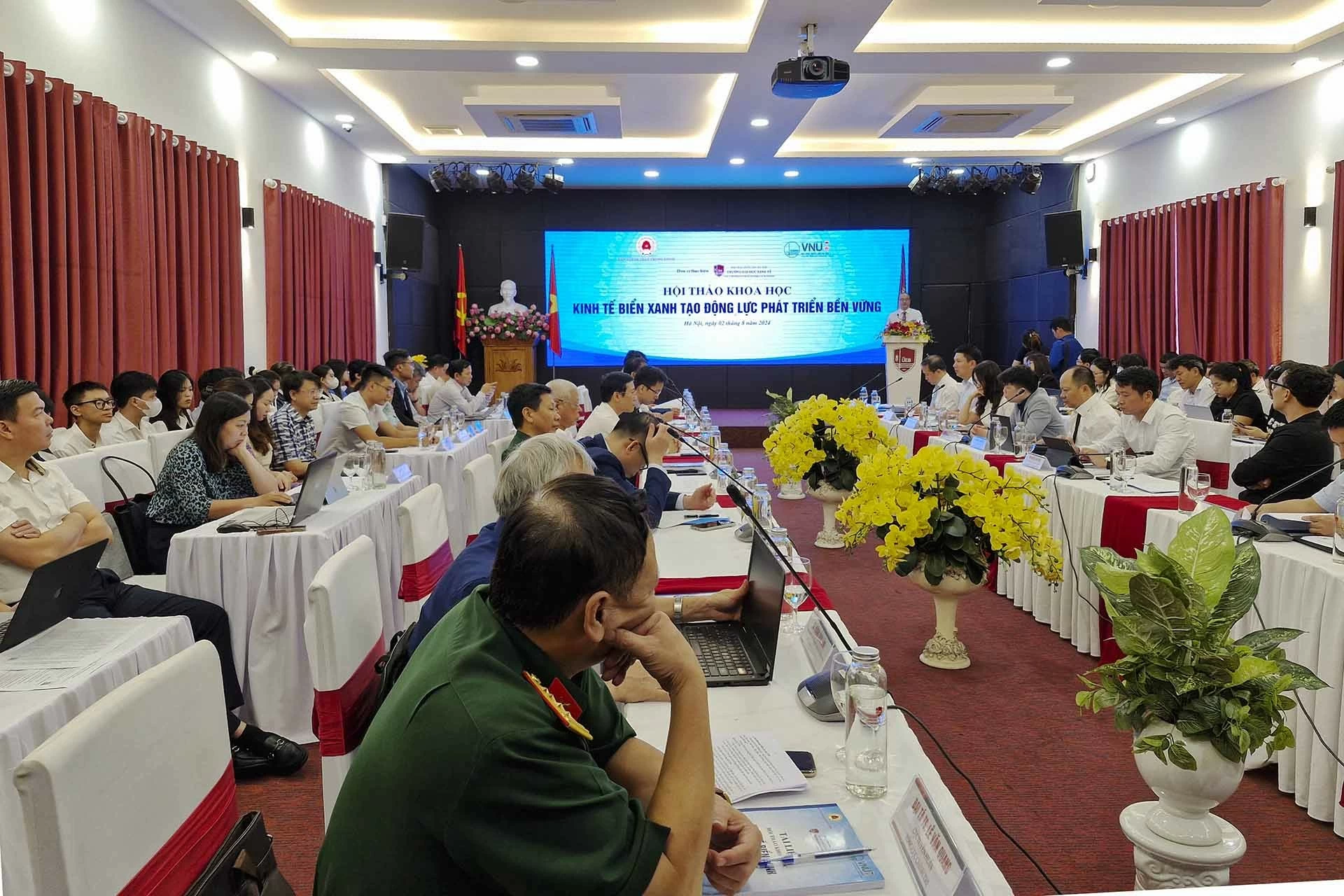 |
| Scientific workshop “Blue ocean economy creates momentum for sustainable development”, August 2024. (Photo: Hai An) |
In Vietnam, the concept of “blue economy” was first clarified in the Report “Blue Economy – Towards a sustainable development scenario for the marine economy” published by the Vietnam Administration of Seas and Islands (now the Vietnam Administration of Seas and Islands, Ministry of Natural Resources and Environment) and the United Nations Development Program (UNDP) in May 2022. Accordingly, the blue economy is an economy that sustainably uses marine resources to serve economic development, improve livelihoods and employment, as well as the “health” of the marine ecosystem.
Sustainable development drivers
Vietnam has a coastline of 3,260 km long and over 1 million km2 wide, stretching across 28 provinces and cities, so the marine economy is identified as an important driving force and premise for socio-economic development and national security protection.
Vietnam's multi-sector maritime economy includes: maritime economy, sea transport, seaport development, shipbuilding and ship repair, fishing and aquaculture, exploitation of marine mineral resources, oil and gas and oil and gas processing industry, maritime services, search and rescue, wind energy, sea and island tourism, etc.
According to the Department of Sea and Islands, Vietnam's sea has about 35 types of minerals, of which oil and gas is the largest resource on the continental shelf. Vietnam's sea is considered one of the world's 10 centers of marine biodiversity with about 11,000 species of living organisms and about 1,300 species on the islands.
Marine biodiversity and ecosystems have provided enormous seafood resources for the economy such as: large fishing grounds with more than 2,000 species of fish; over 600 species of crustaceans, mollusks and seaweed.
Vietnam has the potential to develop and raise aquatic products in the sea and coastal areas. The exploitable area is 500,000 hectares of coastal bays, near-shore islands and low-tide areas. In addition, marine tourism is a special advantage with 125 large and small beaches, of which about 20 are of international scale and standards... Warm sunshine all year round, fresh air and many beautiful landscapes are ideal conditions for Vietnam to build high-class resorts, resorts and tourism. Promoting these advantages, marine tourism annually contributes about 70% of the revenue of the national tourism industry.
Another very important advantage is that Vietnam's sea area belongs to the East Sea - one of the busiest international maritime trade routes in the world. Along the coast, more than 100 locations have been built seaports, especially large-scale deep-water ports. To date, our country has signed maritime trade agreements with 26 countries; developed 30 seaports with 166 ports, 350 wharves with a total length of about 45,000m; built 18 coastal economic zones...
Essential Needs
Associate Professor, Dr. Nguyen Chu Hoi, former Deputy Director General of the General Department of Seas and Islands, affirmed that the history of world development is associated with oceans and seas, but the marine and ocean economy is also entering a new stage of development with basic characteristics: Scarcity of raw materials, existing impacts of climate change and ocean change, market competition, etc.
The world is also shifting from an exploitative mindset to an efficient and sustainable development mindset. That is, shifting from prioritizing the exploitation of “fresh, raw” resources to deep processing to create added value and save marine resources; shifting from prioritizing the exploitation of physical resources to exploiting the functional values and spatial values of marine resource systems, including the service values of marine and ocean ecosystems.
In Vietnam, the monitoring report of the Ministry of Natural Resources and Environment sent to the 7th Session of the 15th National Assembly recently pointed out that some marine resources are overexploited; people have not yet formed the habit of protecting the marine environment; community models for managing the marine and island environment are still few and ineffective; response to climate change, rising sea levels and environmental incidents at sea still have many limitations...
Therefore, experts all agree that in a green transition world, it requires countries with seas and islands, including Vietnam, to change their development thinking and technological innovation to move towards a marine economy that shifts from “brown” to “green” to solve the challenges of the traditional marine economy mentioned above.
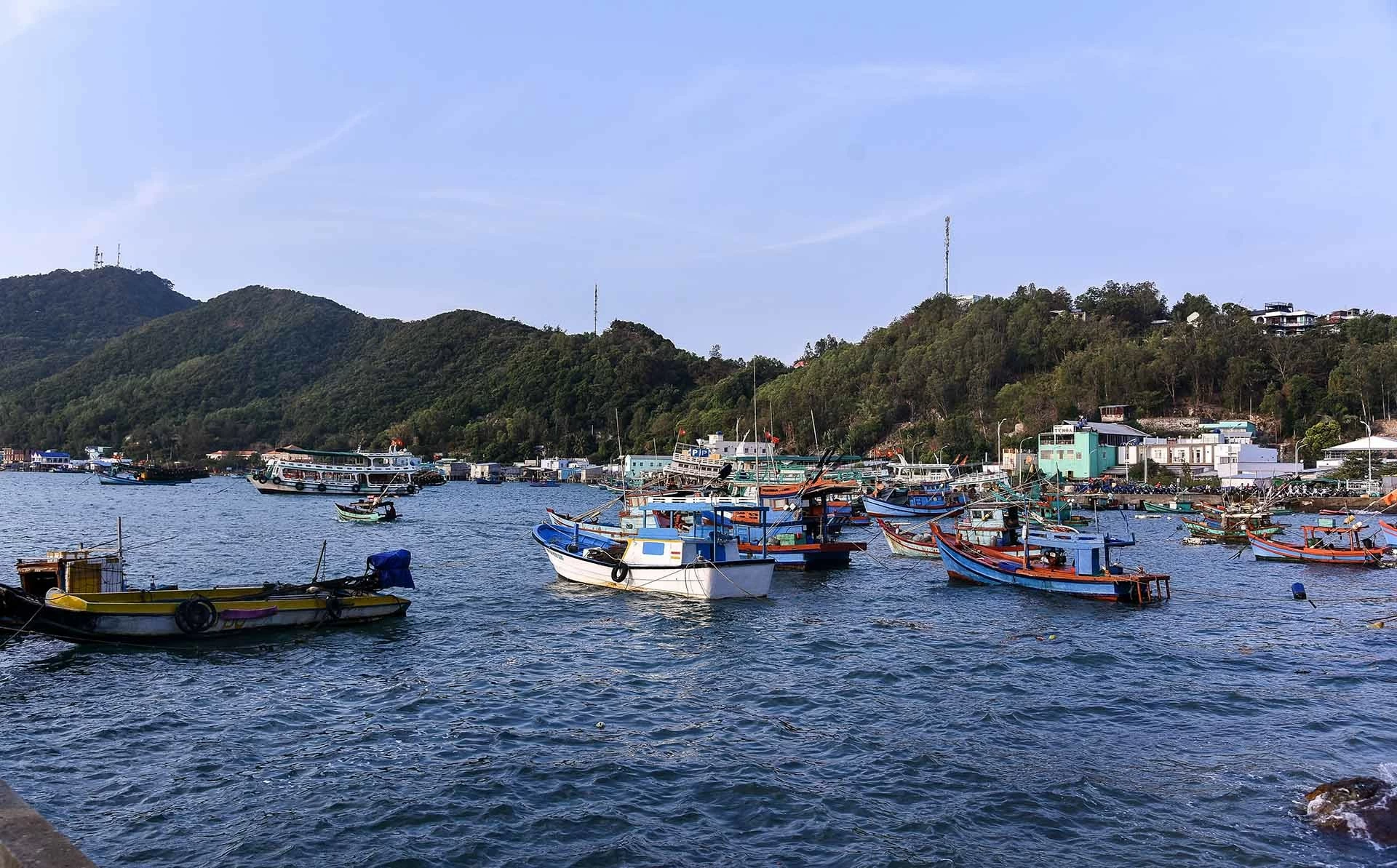 |
| Resolution 36 emphasizes that sustainable development of the marine economy must be based on green growth and promote the unique cultural values of Vietnam's sea. (Photo: Nguyen Hong) |
Turn challenges into opportunities
At the scientific workshop “Blue marine economy creates momentum for sustainable development” held recently in Hanoi, Deputy Head of the Central Propaganda Department Phan Xuan Thuy emphasized that our Party and State always pay attention to the issue of protecting the sea and islands and developing the marine economy sustainably. Recently, the Party issued two separate resolutions on the marine economic development strategy, namely Resolution No. 09-NQ/TW dated February 9, 2007 and Resolution No. 36-NQ/TW dated October 22, 2018 on “Strategy for sustainable development of Vietnam's marine economy to 2030, vision to 2045”, which affirmed the important position and role of the marine economy for our country.
Accordingly, Resolution 36 clearly defines the viewpoint that “Vietnam must become a strong maritime nation, rich from the sea, with sustainable development, prosperity, security and safety, sustainable development of the marine economy associated with ensuring national defense and security, maintaining independence, sovereignty and territorial integrity, strengthening foreign affairs and international cooperation on the sea, contributing to maintaining a peaceful and stable environment for development”. In which, it emphasizes that sustainable development of the marine economy must be based on the foundation of green growth, promoting the typical maritime cultural values of Vietnam.
Most recently, at the 7th Session, the 15th National Assembly (June 2024) passed Resolution No. 139/2024/QH15 on "National marine spatial planning for the 2021-2030 period, with a vision to 2050", which allocates and rationally arranges marine space for sectors and fields in the exploitation and use of marine spatial resources and marine economy in a sustainable manner...
According to Associate Professor, Dr. Nguyen Chu Hoi, to successfully implement green transformation and develop a blue marine economy in our country in the spirit of Resolution 36, it is necessary to successfully implement three strategic breakthroughs in: institutions for sustainable development of the marine economy, marine science and technology, education and training of marine human resources, and a "multi-purpose" infrastructure system.
Coastal localities need to develop marine protected areas on outpost islands, combining marine biodiversity conservation; properly handle sources of marine and ocean pollution from the mainland, and adapt to negative impacts caused by climate change and rising sea levels. Vietnam needs to encourage the participation of the whole society in marine biodiversity conservation and restoration of marine ecosystems.
In particular, in the context of globalization, international cooperation and promoting the development of marine science and technology are fundamental and long-term approaches. In addition, it is necessary to encourage investment in research and technology transfer of marine renewable energy sources such as wind, wave, tidal, current, solar energy, etc. to maximize Vietnam's marine renewable energy potential.
In addition, according to Colonel Nguyen Khac Vuot, Head of the Military Science Department, Coast Guard Command, sustainable development of the marine economy requires attention to the maritime transport and logistics industry, oil exploitation, bold investment in human resources, policy research, and adjustments to suit each stage.
Meanwhile, Dr. Hoang Quoc Lam, Center for Communication on Natural Resources and Environment, Ministry of Natural Resources and Environment affirmed that in order to successfully implement the strategy under Resolution 36 on sustainable development of the blue marine economy, it is necessary to synchronously implement a series of groups of solutions, in which the communication solution to raise public awareness of the blue marine economy is considered the first and fundamental important task, laying the foundation for implementing the strategy for sustainable development of the marine economy. The propaganda content needs to focus on the three breakthroughs in Resolution 36, on the benefits of blue marine economic development activities for the business community and coastal people.
Developing a blue ocean economy based on preserving and promoting natural marine resources is considered an inevitable, fundamental and sustainable solution for Vietnam.


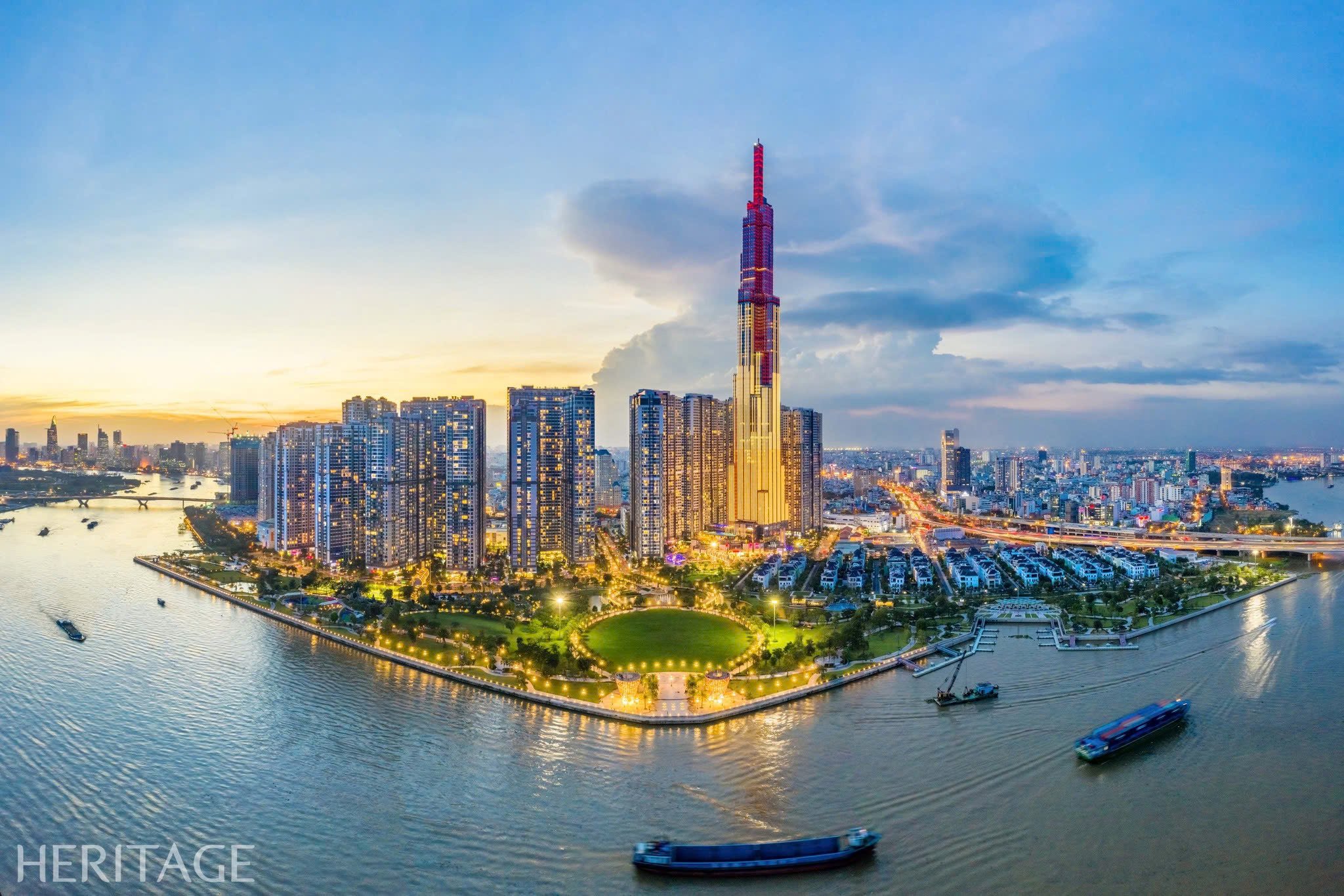
![[Photo] Children's smiles - hope after the earthquake disaster in Myanmar](https://vstatic.vietnam.vn/vietnam/resource/IMAGE/2025/4/14/9fc59328310d43839c4d369d08421cf3)
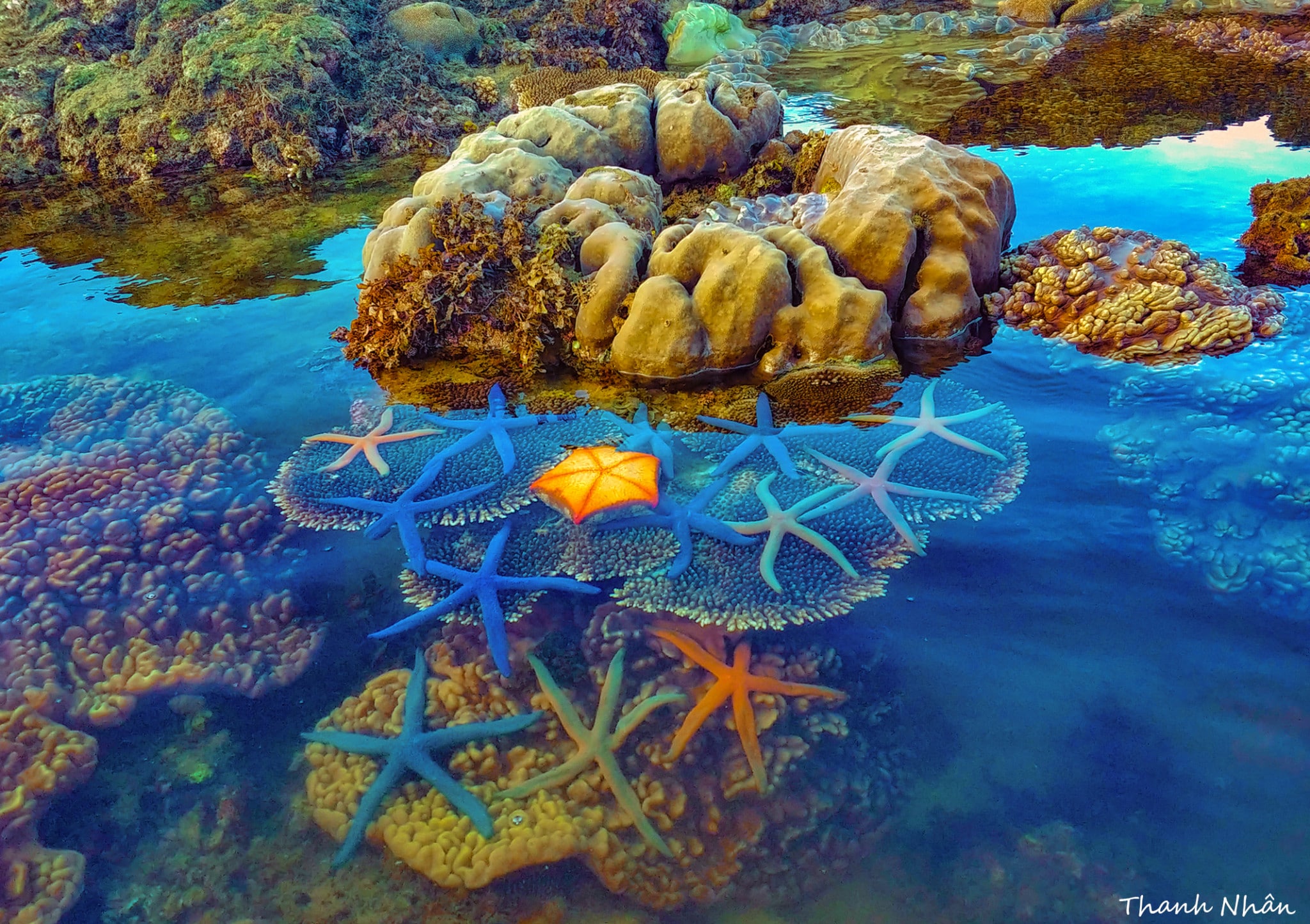
![[Photo] Opening of the 44th session of the National Assembly Standing Committee](https://vstatic.vietnam.vn/vietnam/resource/IMAGE/2025/4/14/03a1687d4f584352a4b7aa6aa0f73792)

![[Photo] Touching images recreated at the program "Resources for Victory"](https://vstatic.vietnam.vn/vietnam/resource/IMAGE/2025/4/14/99863147ad274f01a9b208519ebc0dd2)
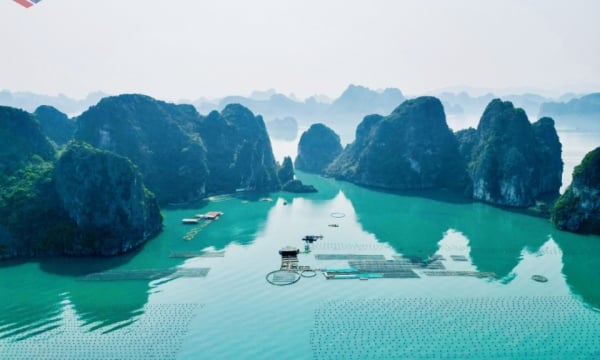
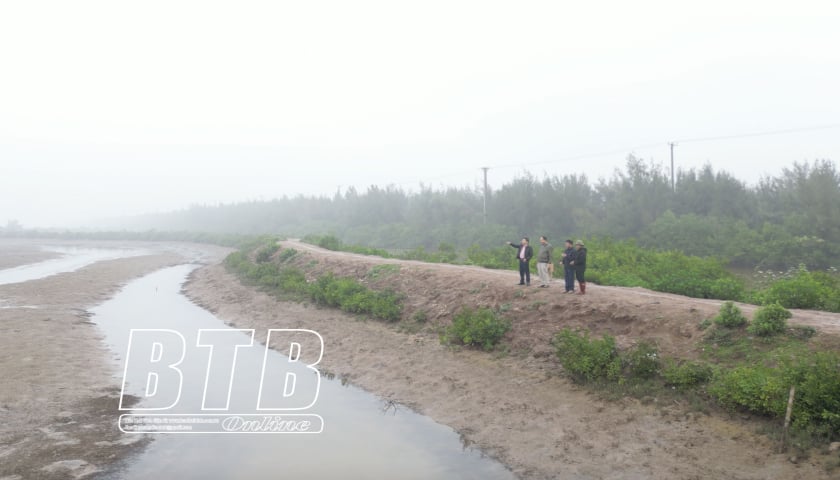

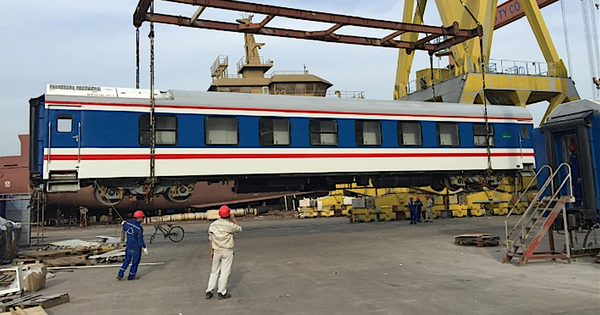

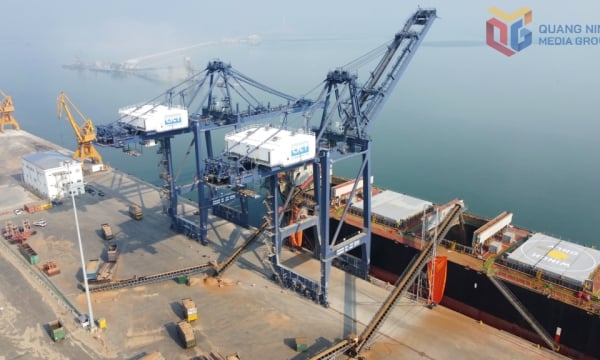
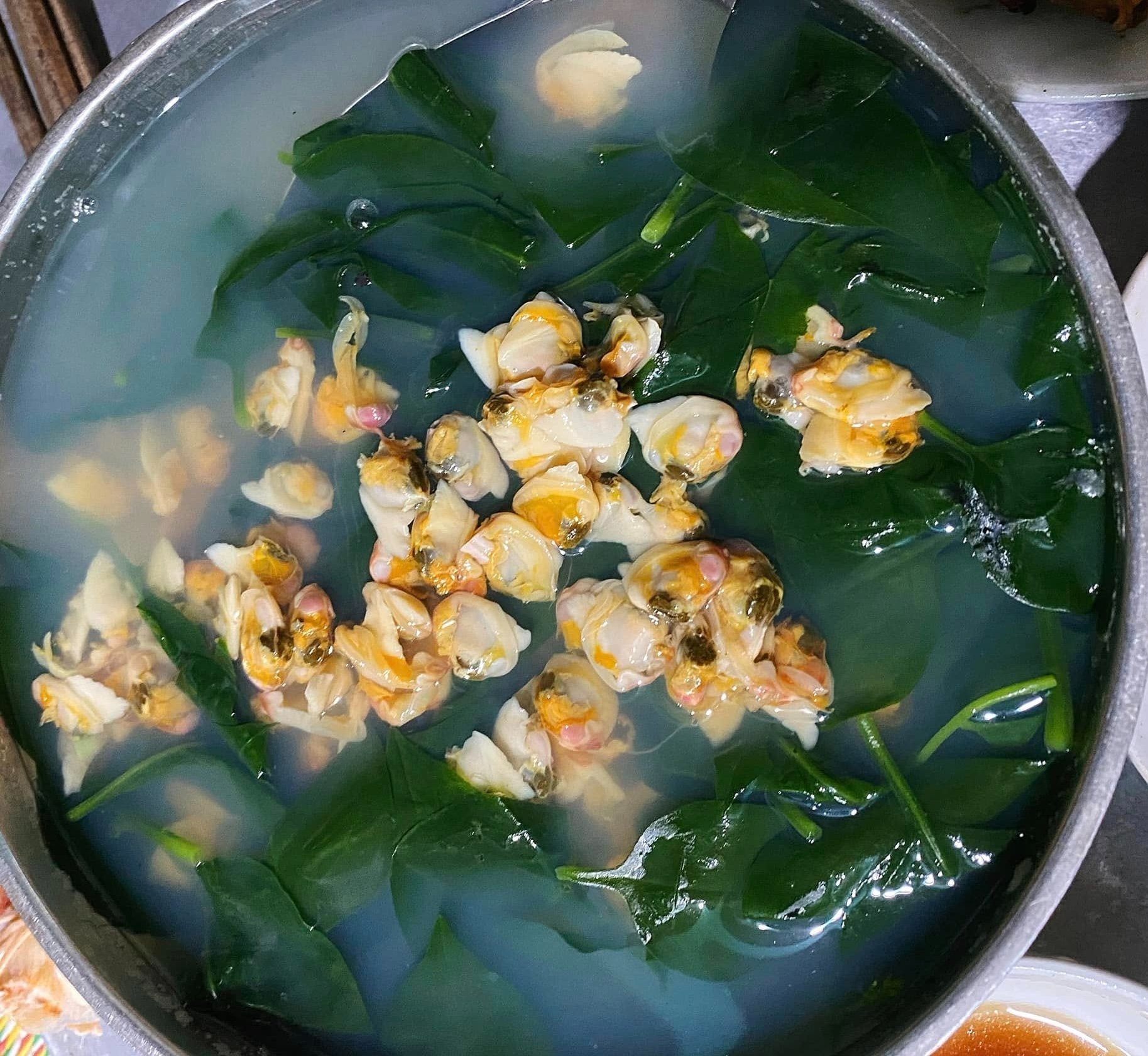

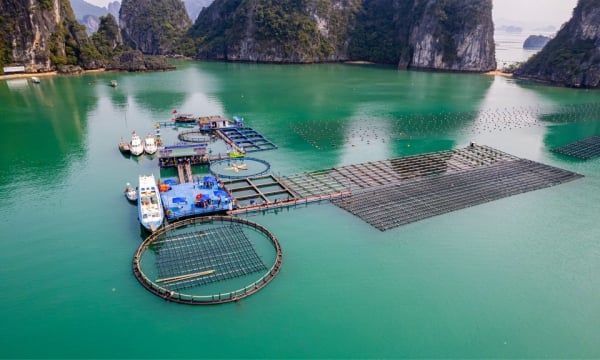

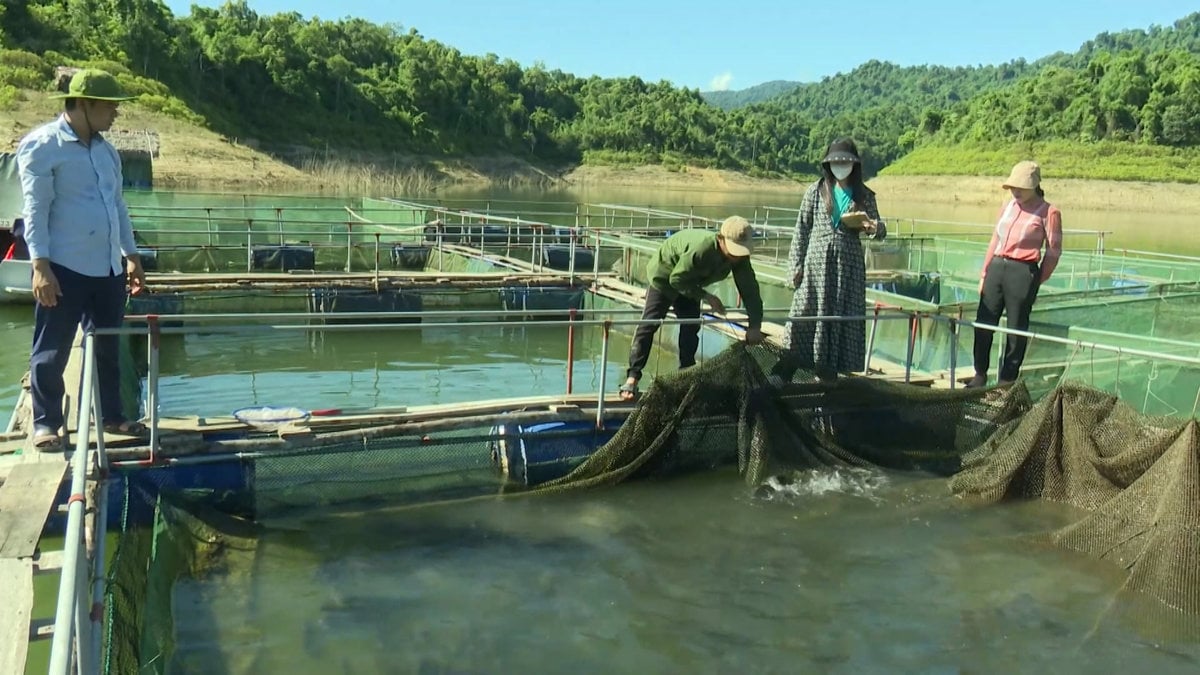
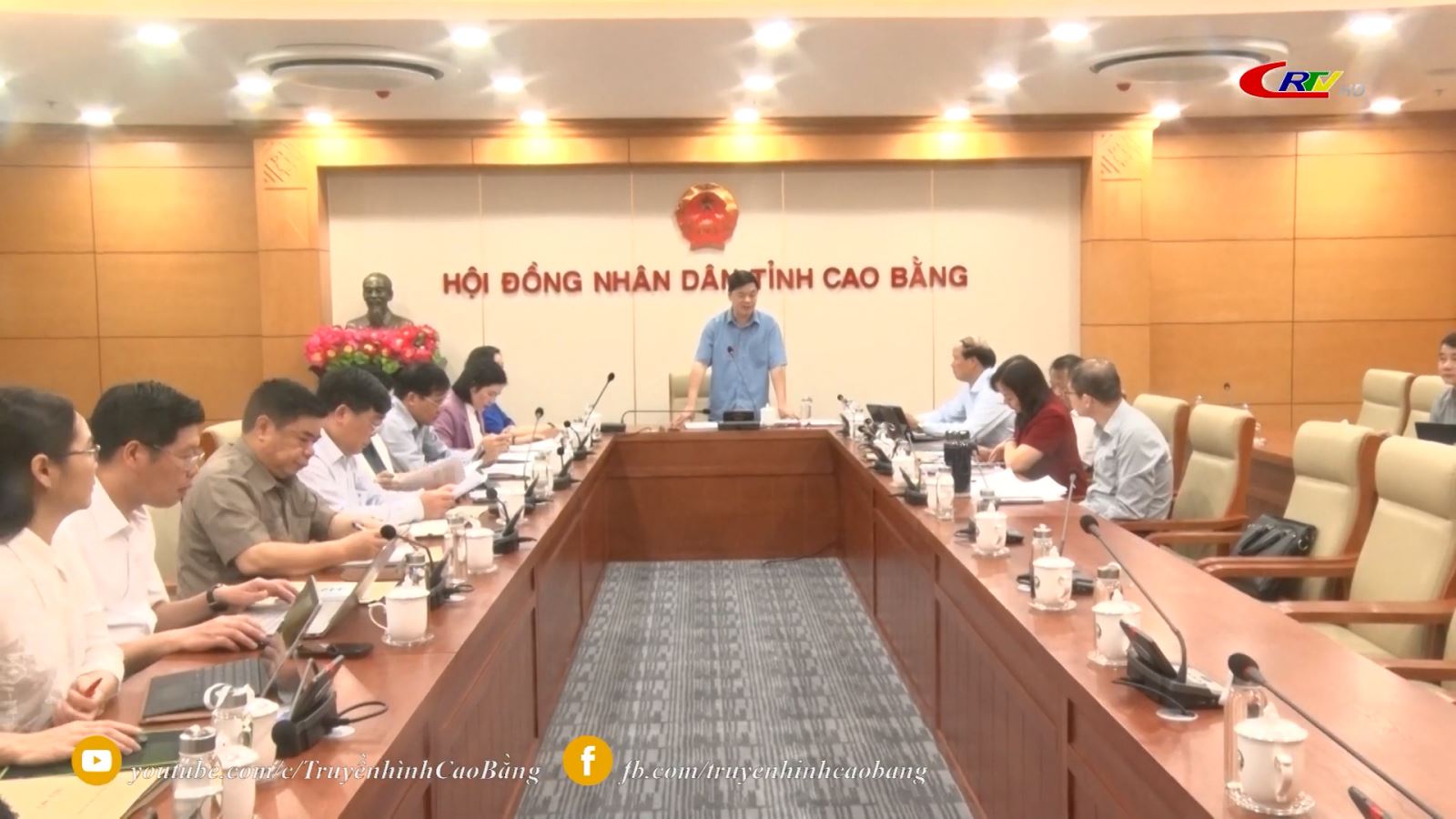


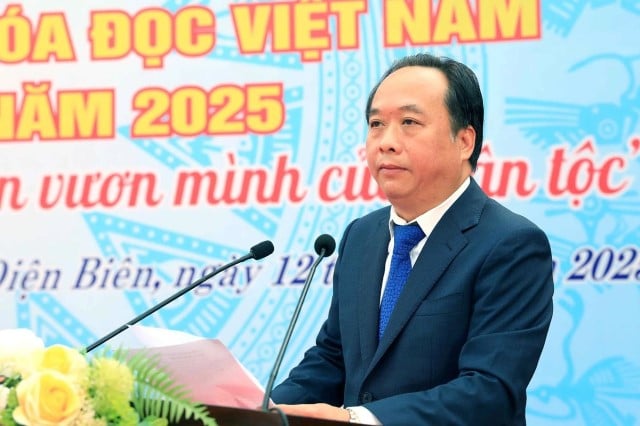

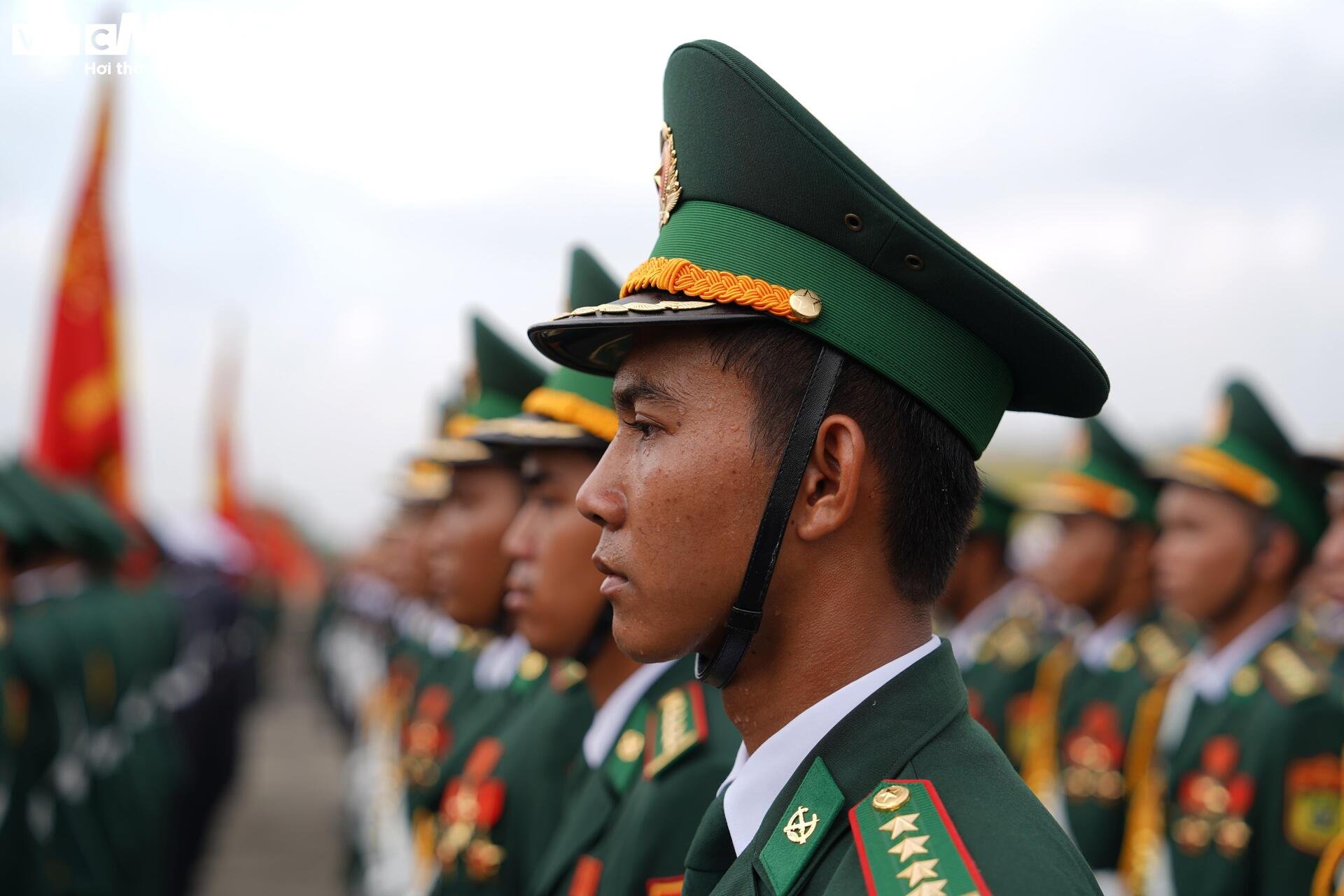

![Ancient Sculpture Masterpieces in Son Tay [Vietnam Cultural Tourism]](https://vstatic.vietnam.vn/vietnam/resource/IMAGE/2025/4/11/949ec2ff15dd49249d7bd4da0612cdb5)


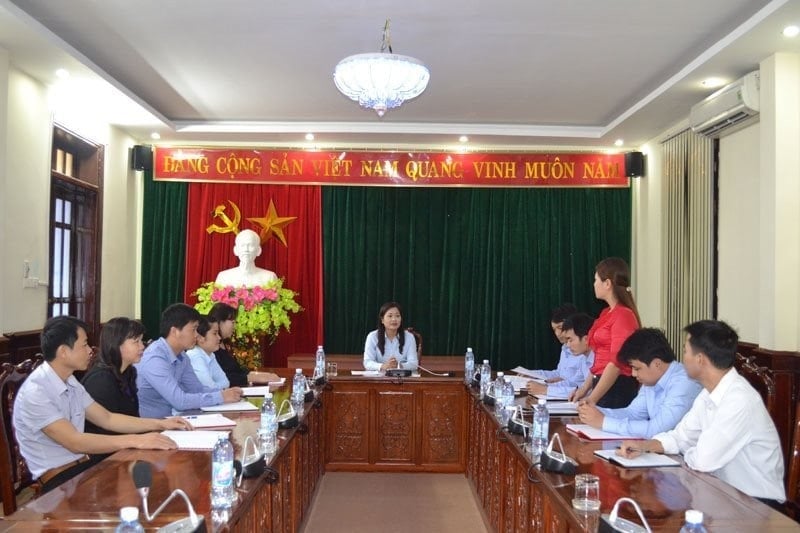
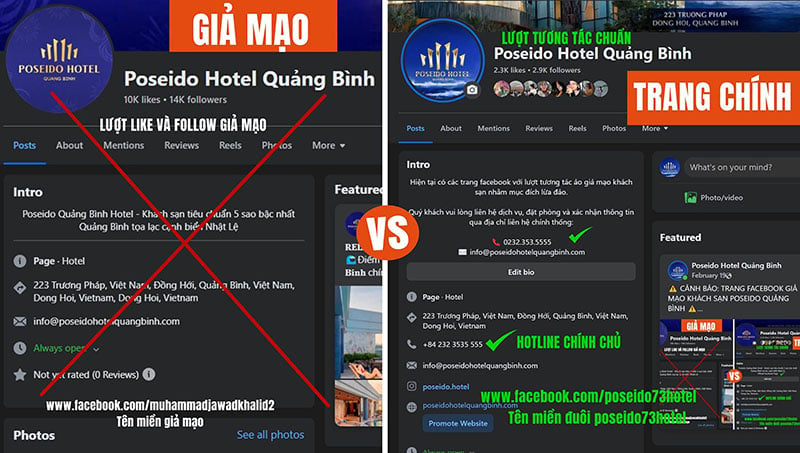

![[Photo] National Assembly Chairman Tran Thanh Man attends the ceremony to celebrate the 1015th anniversary of King Ly Thai To's coronation](https://vstatic.vietnam.vn/vietnam/resource/IMAGE/2025/4/13/6d642c7b8ab34ccc8c769a9ebc02346b)


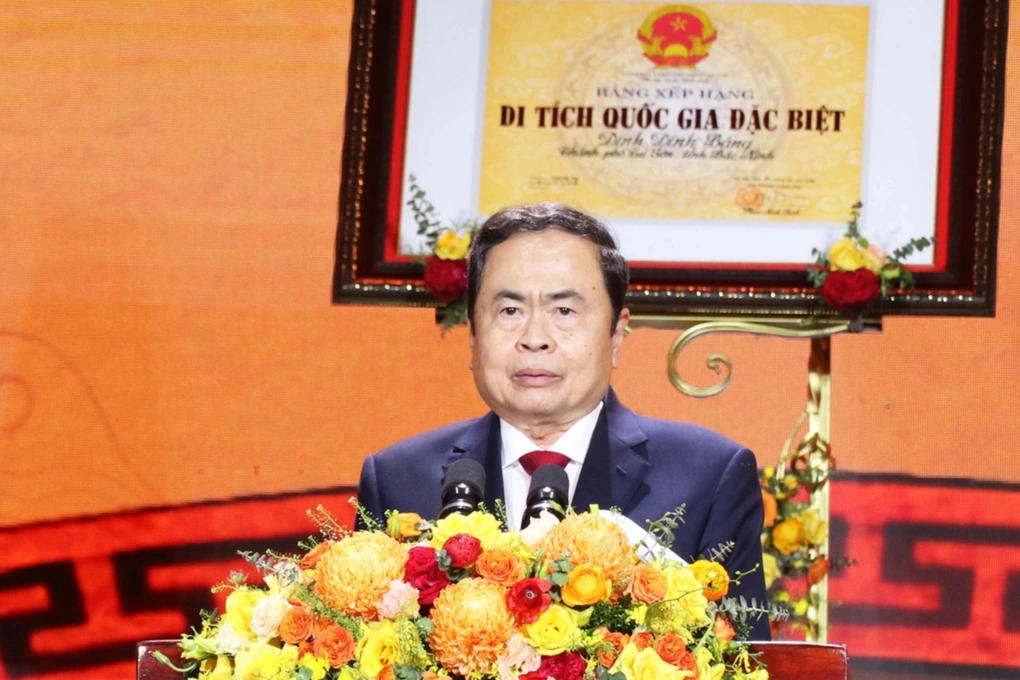

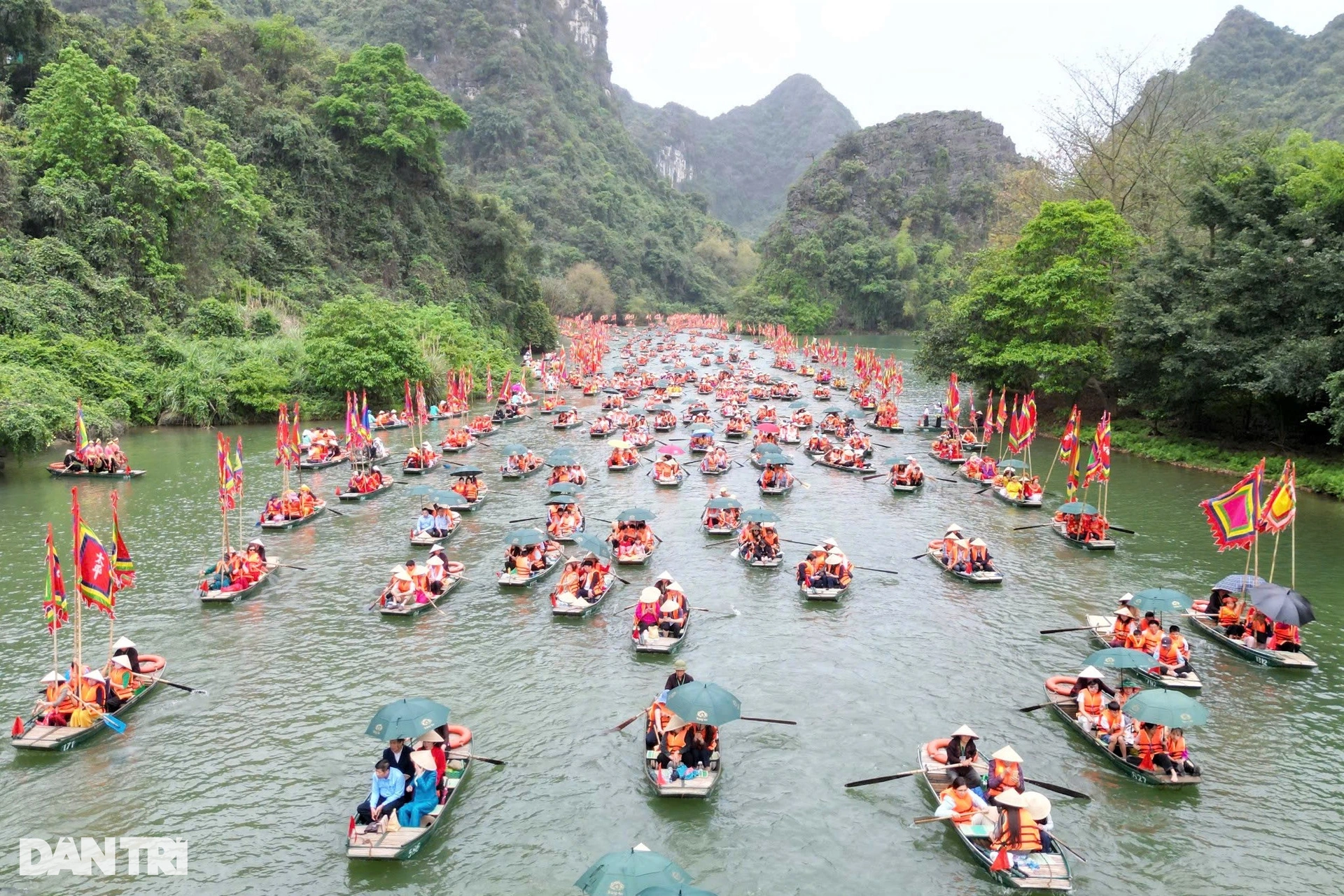









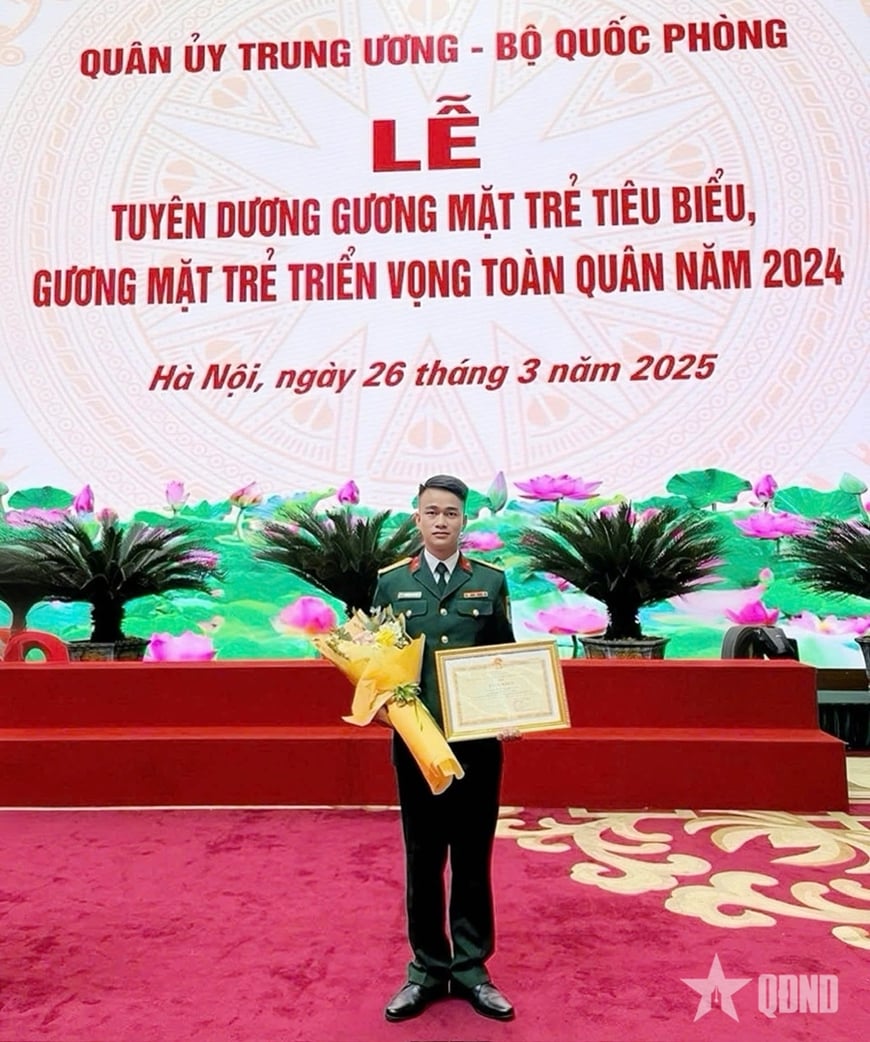

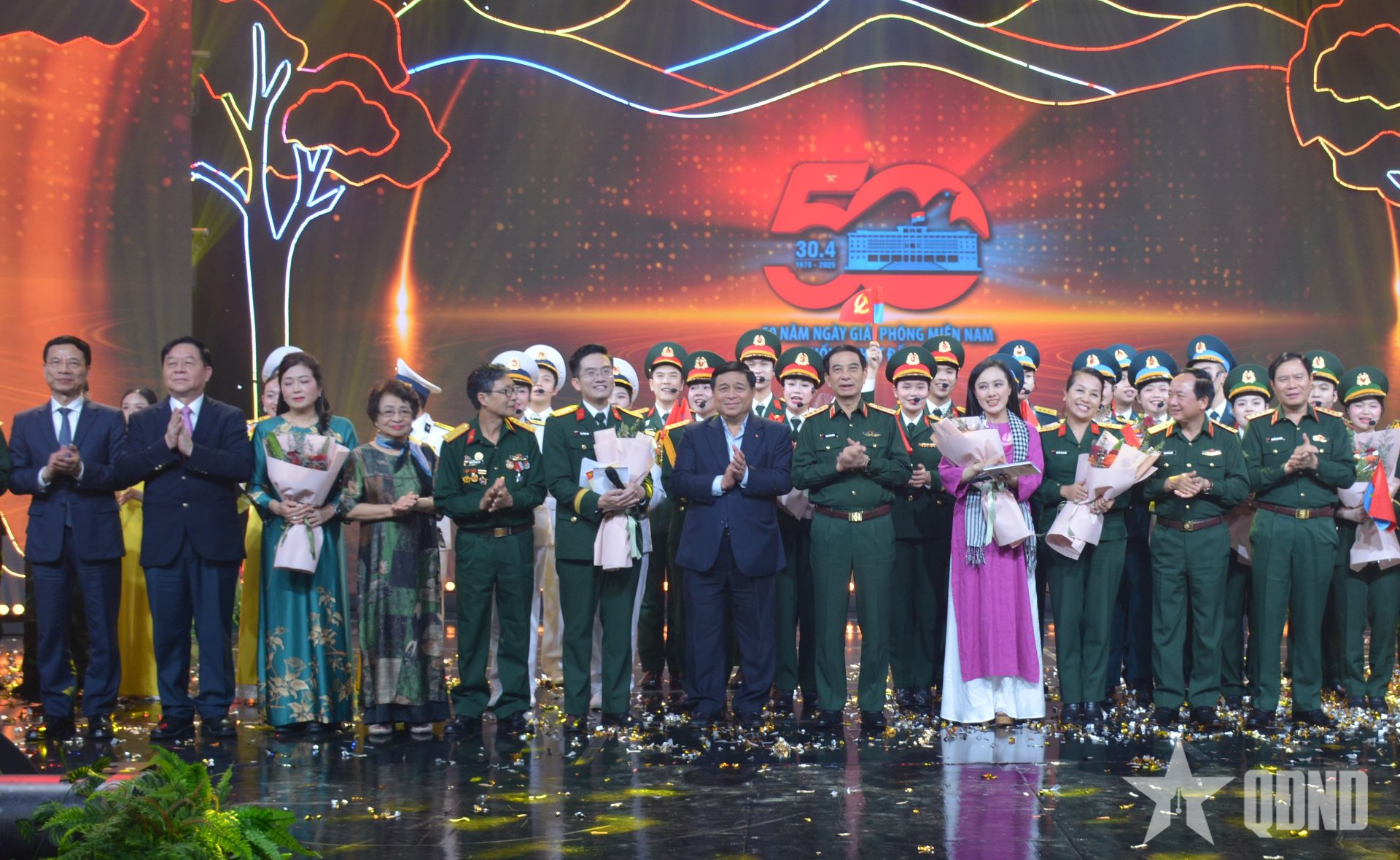













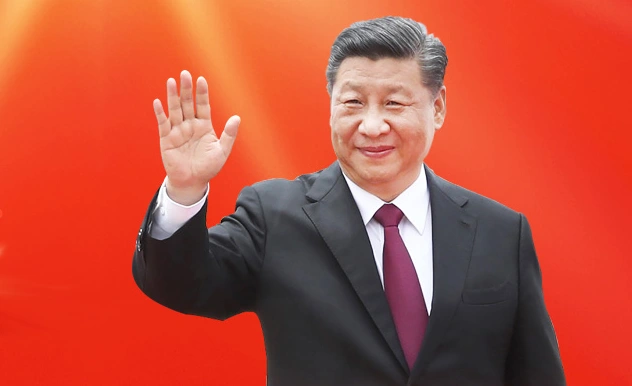
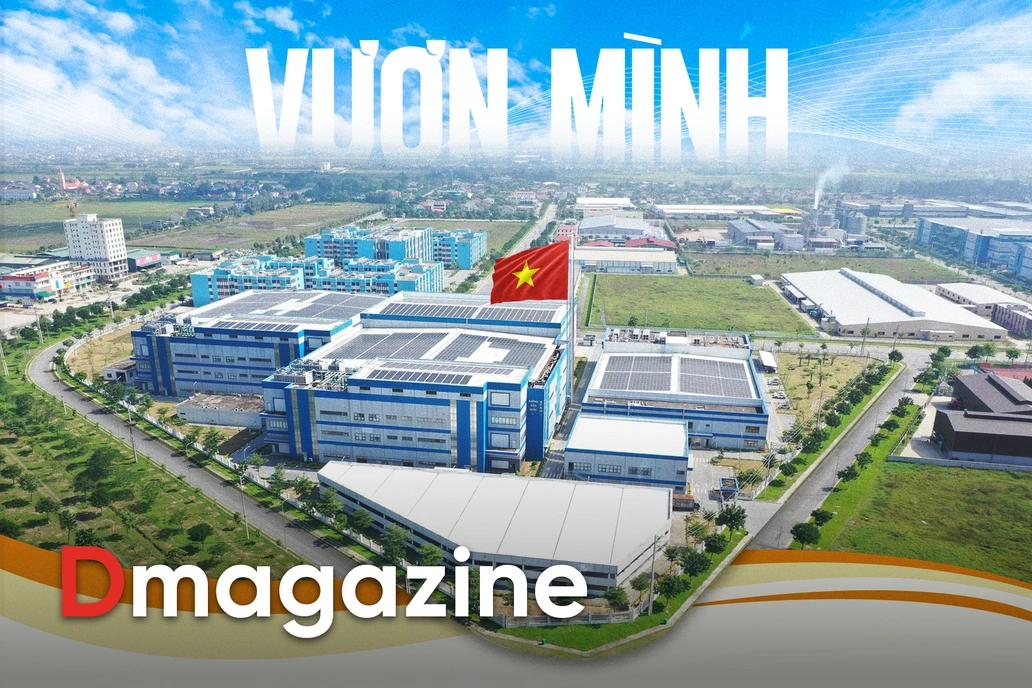
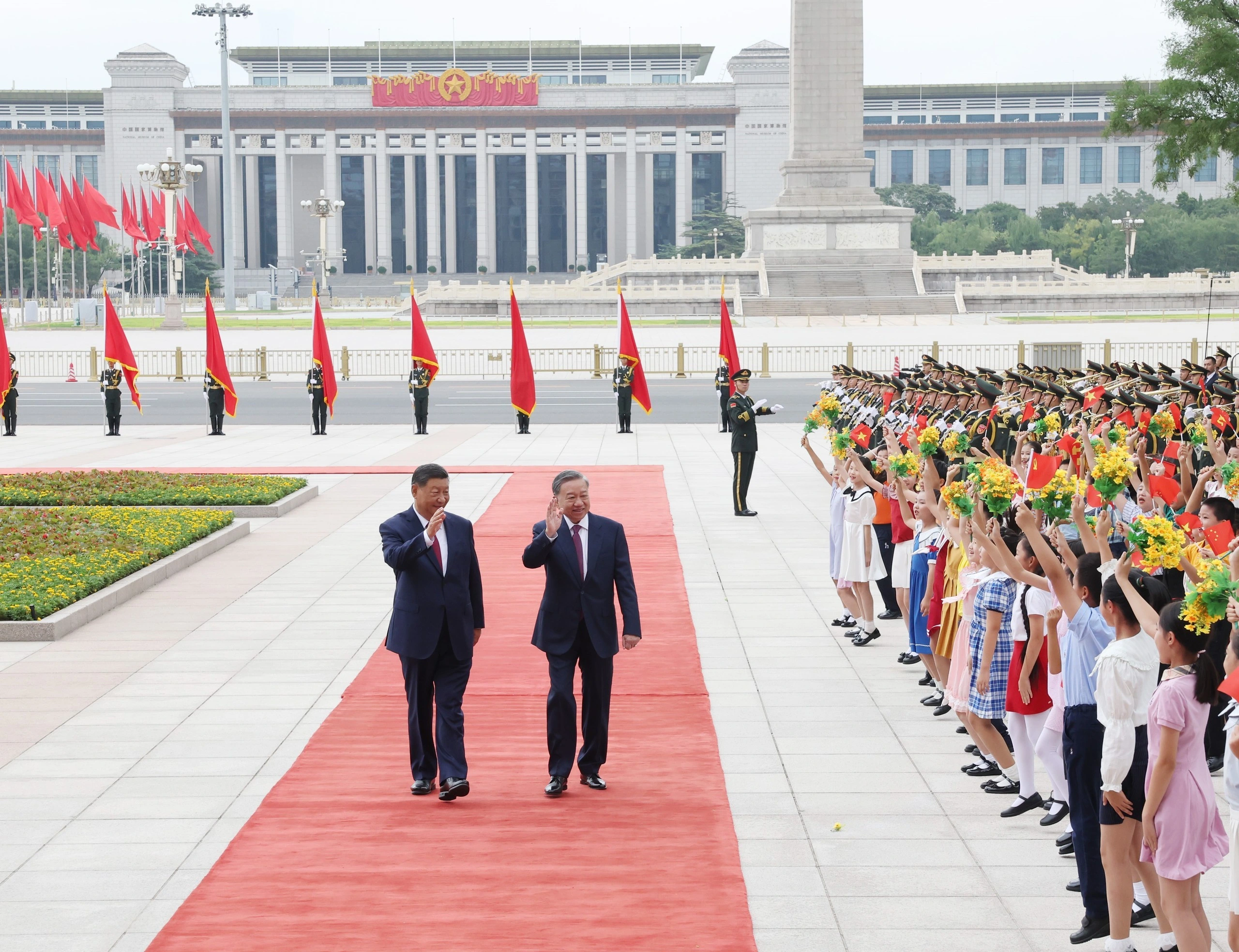
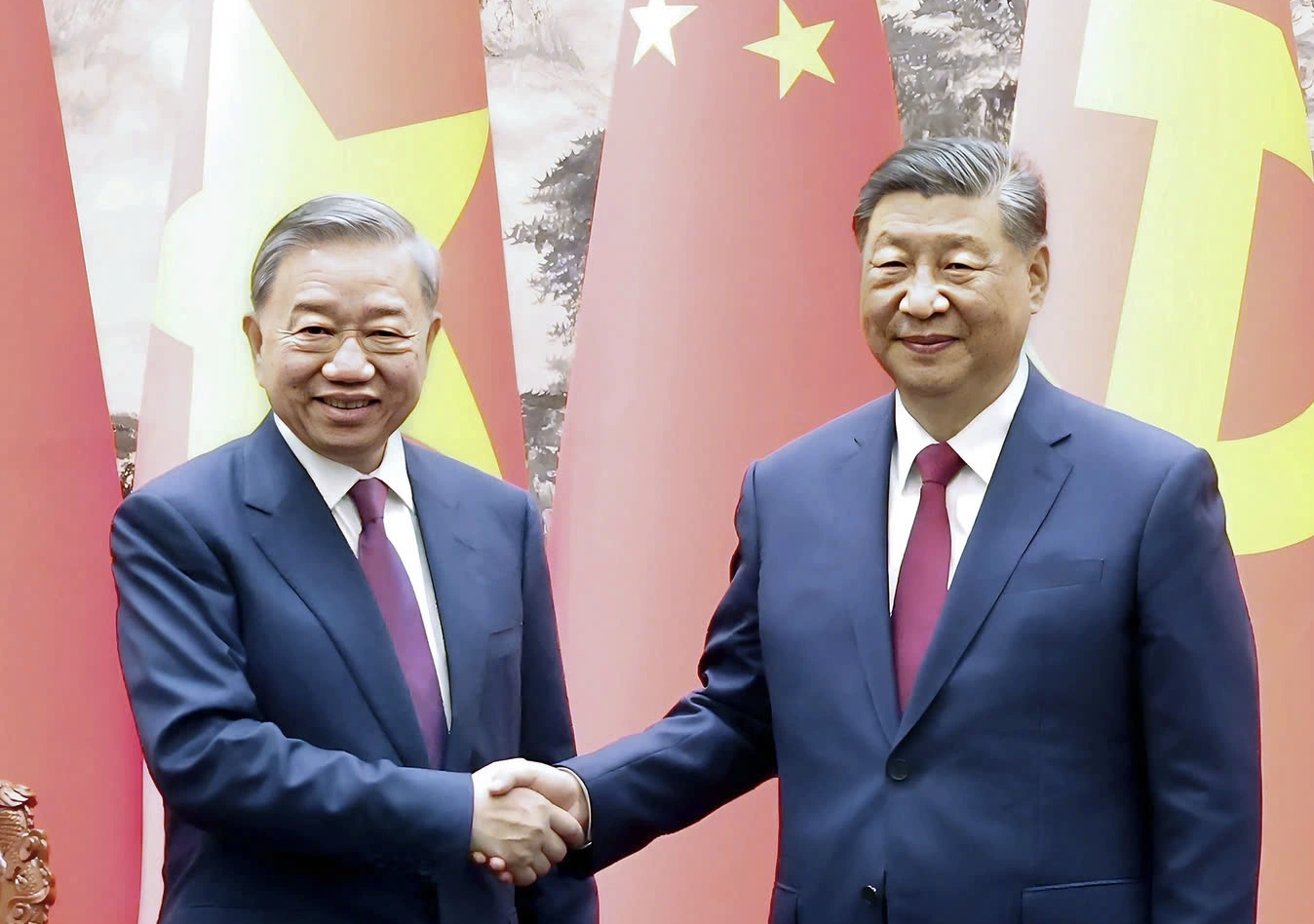
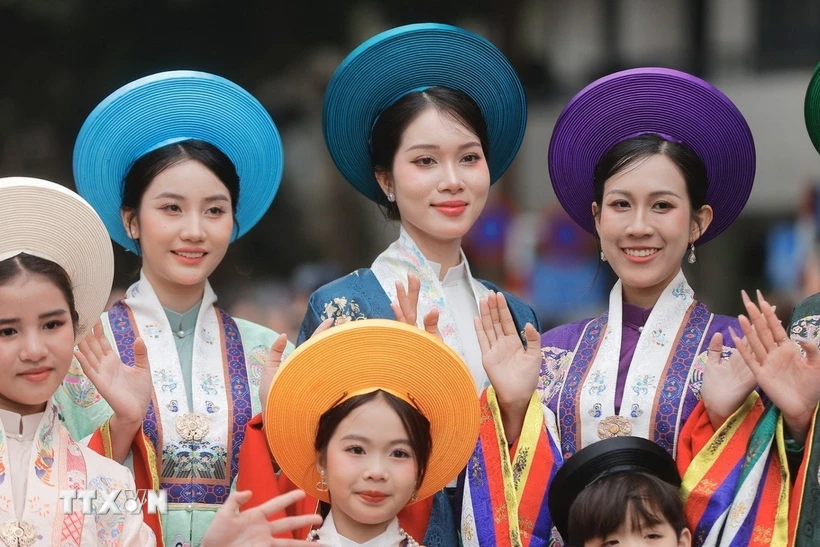

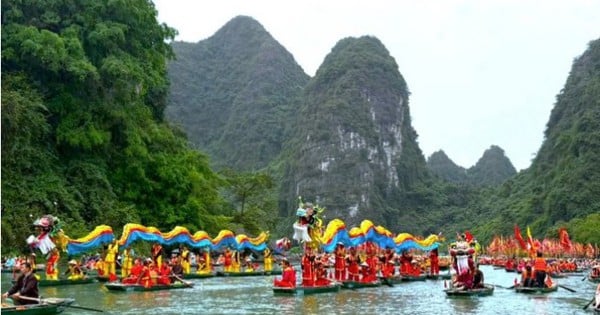

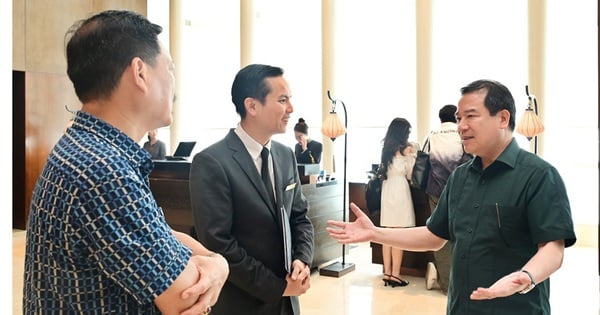
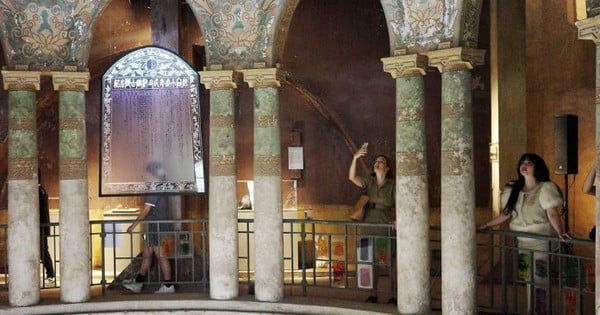
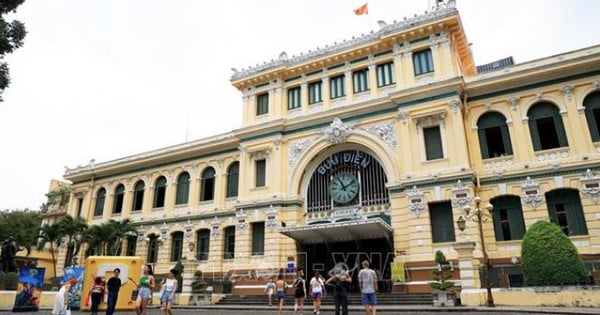
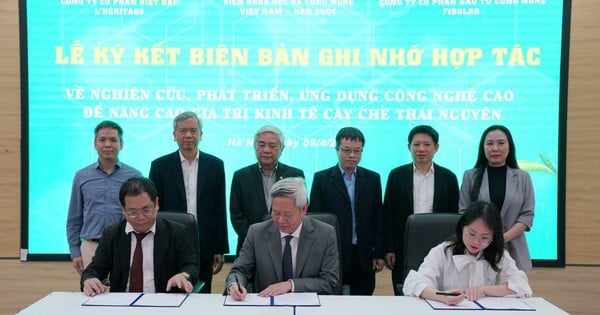

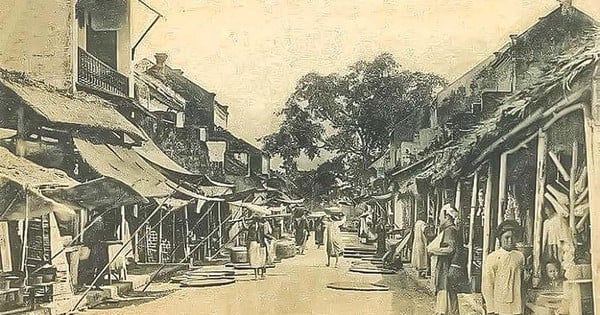
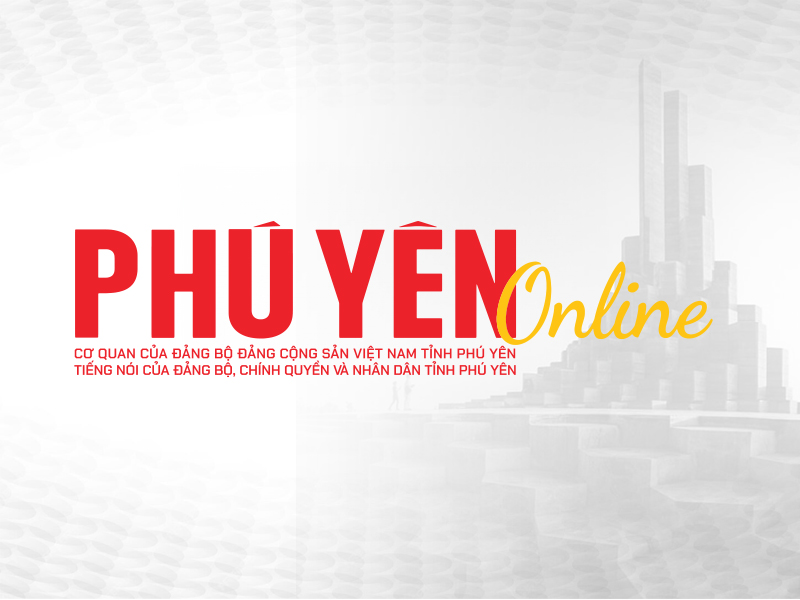

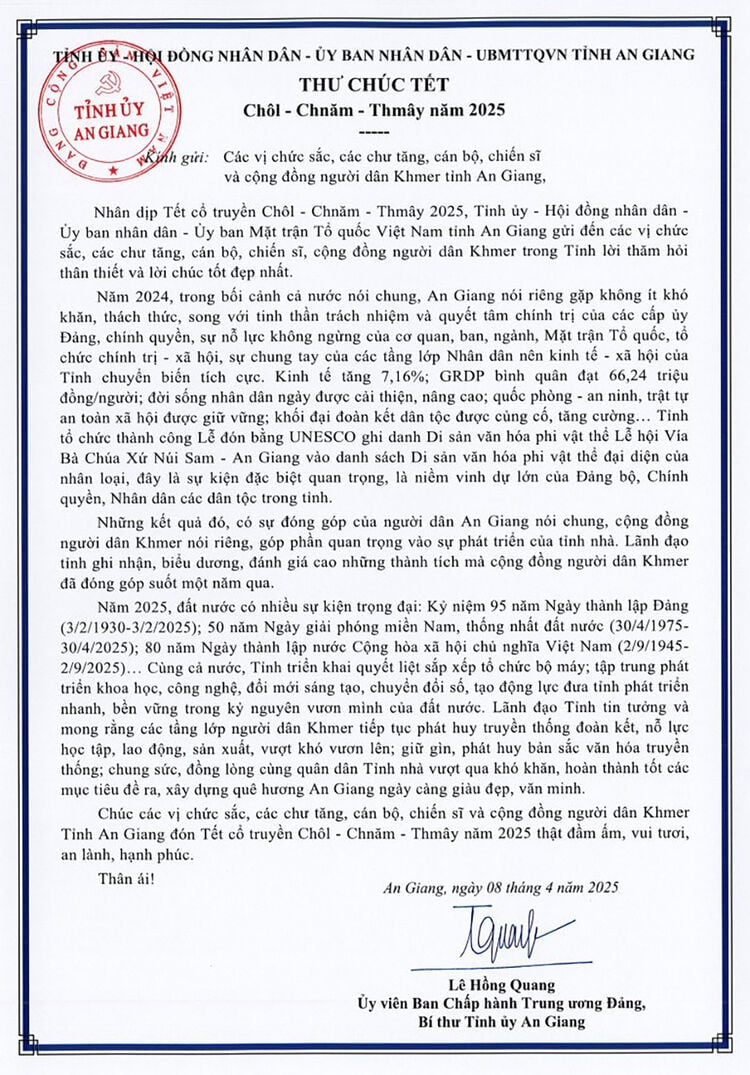



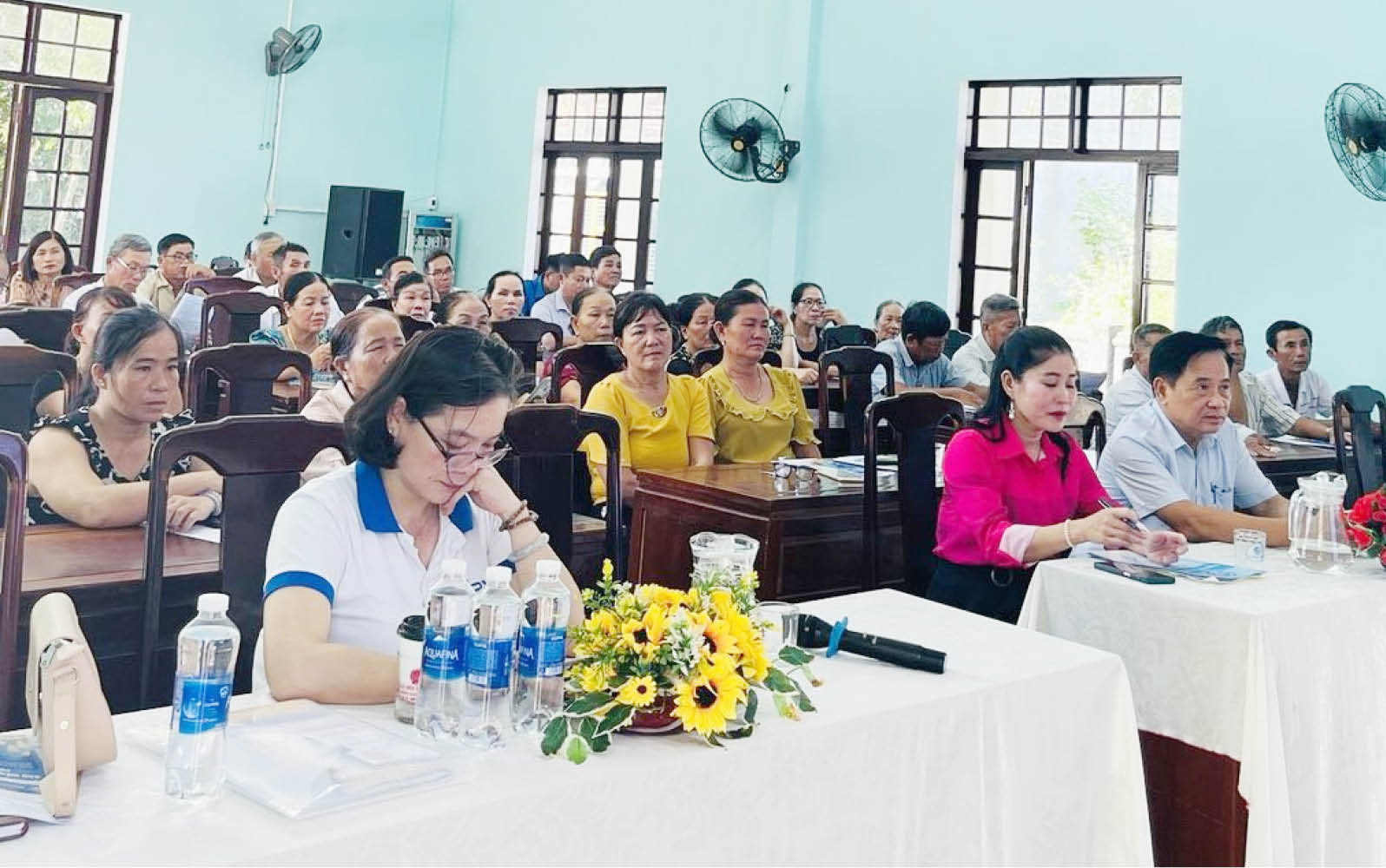


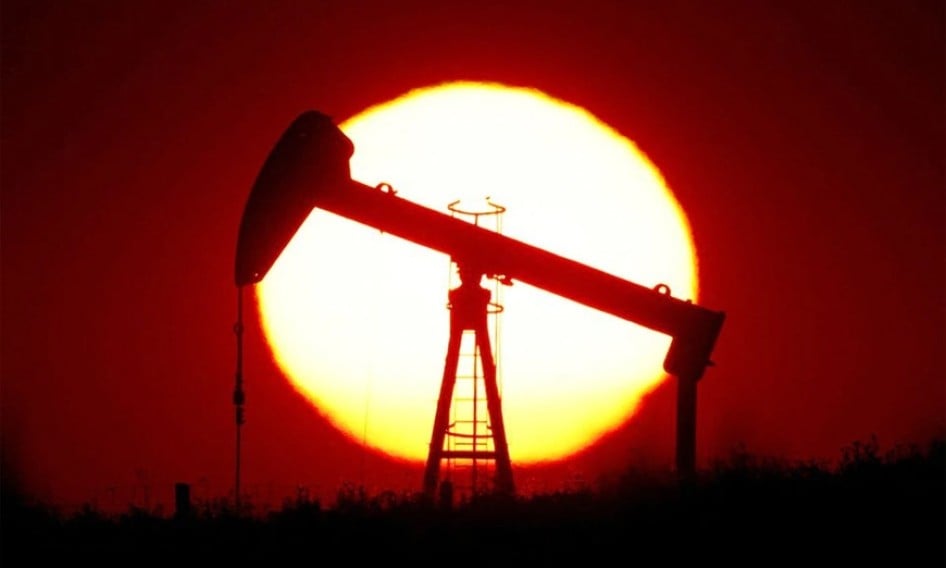

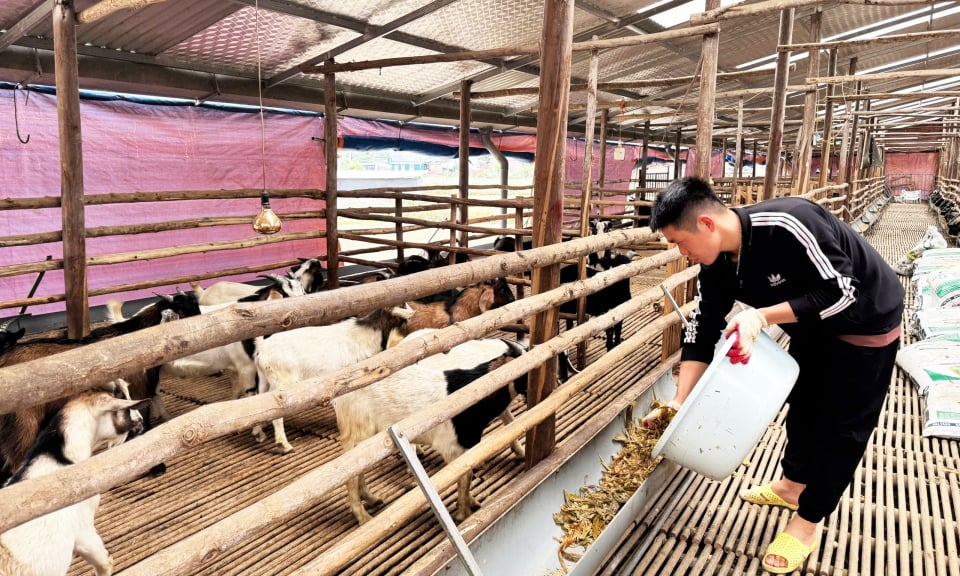



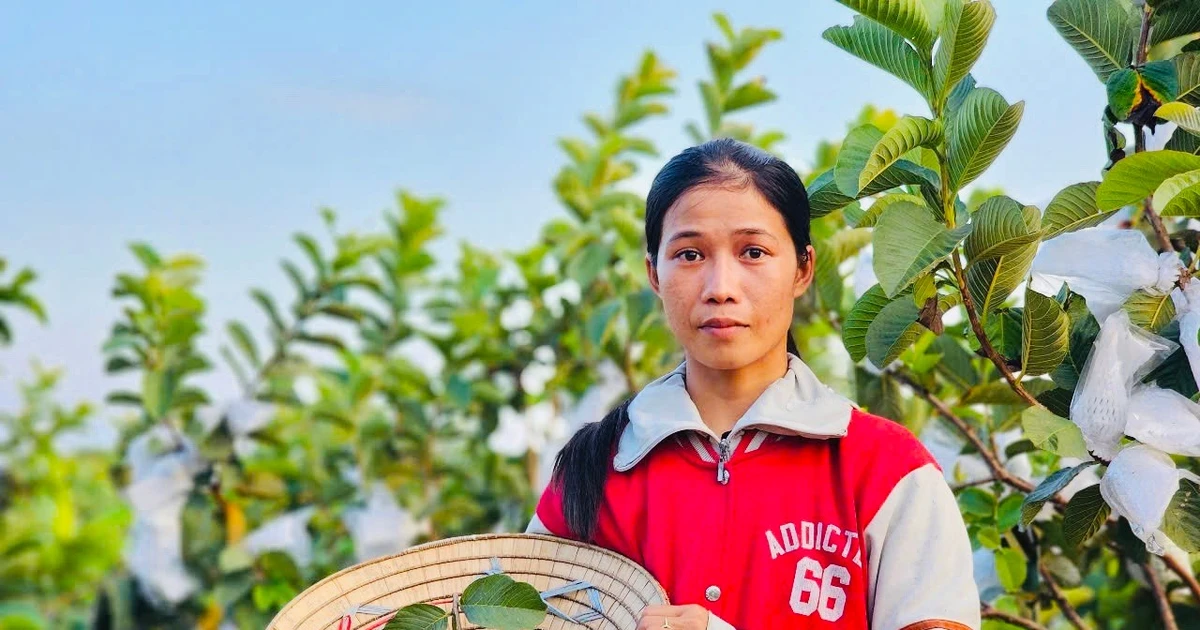




Comment (0)